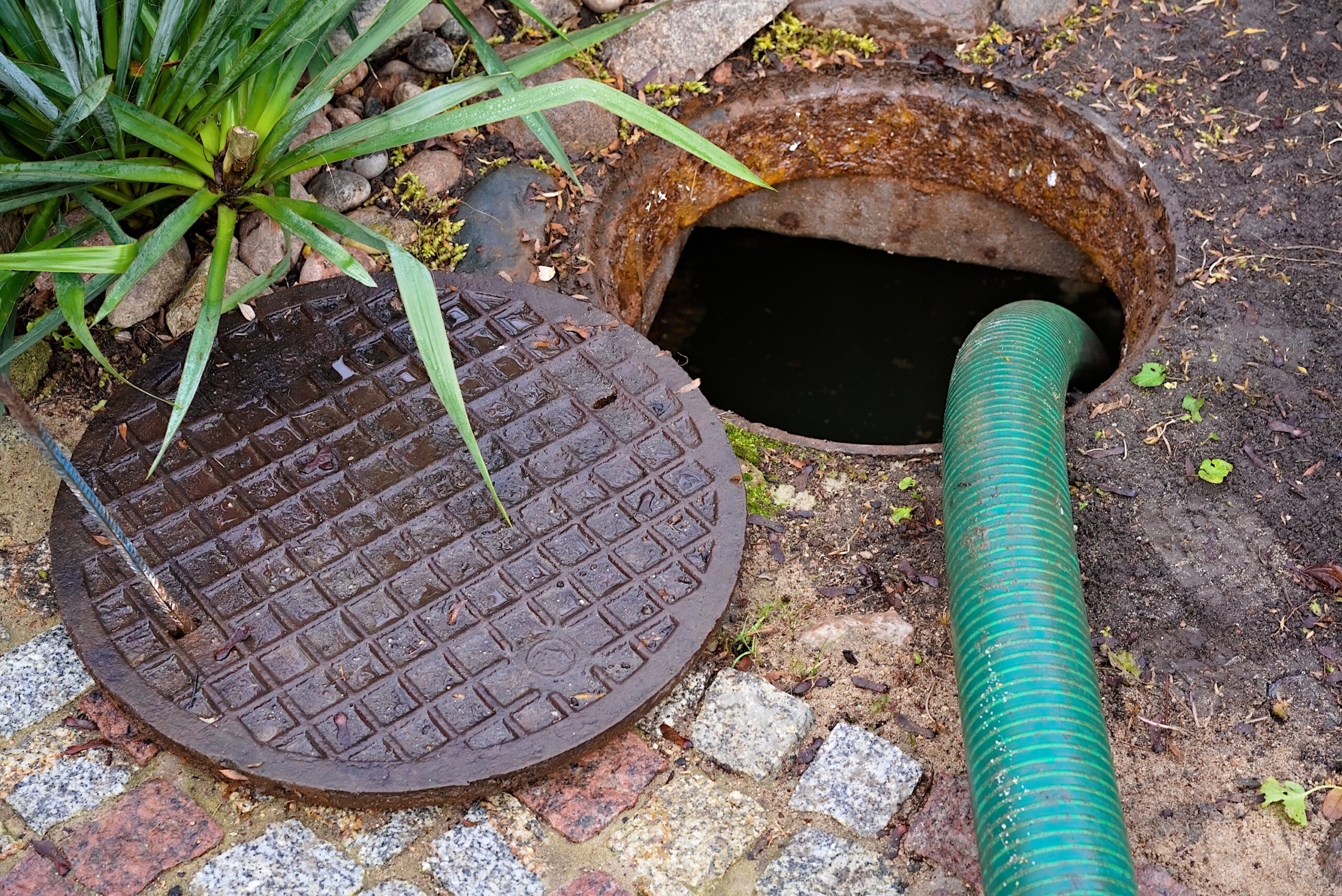For many years, it silently grows underground undetected by the homeowner. Its ability to seal a drainfield and cause septic system problems is legendary. Of course, I am talking about the BIOMAT.
The biomat is the silent killer of anaerobic septic systems. It seals up drainfields, preventing water from passing back to the water table. It is made up of:
- Organic matter
- Anaerobic bacteria
How much surface area does a biomat have to cover to fail a septic system?
Let’s look at one example where the drainfield is 100 feet long, 2 feet wide and 4 feet deep. The surface area that would have to be sealed to put the septic system into failure is:
- Bottom of drainfield: 200 square feet
- Long sidewalls of drainfield: 2 x 400 square feet = 800 square feet
- Short sidewalls of drainfield: 2 x 8 square feet = 16 square feet
This totals to 1016 square feet of drainfield that has to be sealed! That is a lot of biomat that has to grow along the bottom and up the sides of the drainfield walls. Where does all of this material come from?
The answer lies in the anaerobic septic tank. Anaerobic bacteria will process only around two thirds of the organic material it receives. The rest is passed into the drainfield along with anaerobic bacteria. In the drainfield, the anaerobic bacteria do little to eliminate the residual organic matter. What results is that the biomat buildup starts from the first day the system is put into use.
The growth begins at the front or wastewater entry point of the drainfield. The organic matter and anaerobic bacteria pack the edges of the drainfield, sealing soil pores which prevents water from passing from the drainfield into the surrounding ground. The growth continues every hour of every day for years. The biomat gradually increases in size across the bottom of the drainfield. Once the bottom is sealed, wastewater begins to pool and the sidewalls become the next target.
As the sidewalls become covered at the lowest levels, the water pooling depth increases and the biomat growth moves up the walls until the drainfield is sealed. Now water will pool on the ground above the drainfield, potentially creating a hazardous situation. The only way new capacity is created in the system is through evaporation, which is a very slow process! Consequently, septic systems in this state are susceptible to system back-ups.
Please remember, however, that the biomat is a unique byproduct of the anaerobic septic system. In anaerobic systems, they put a death grip on the drainfield, sealing it off and causing the homeowner untold grief.











